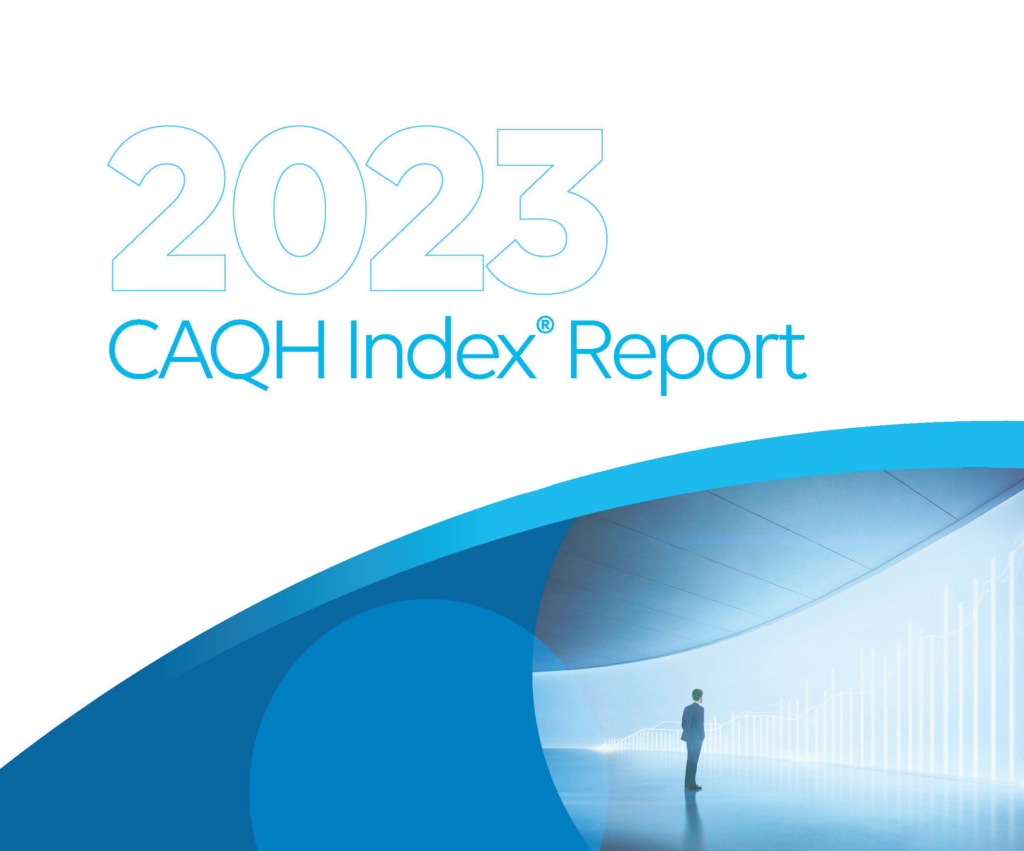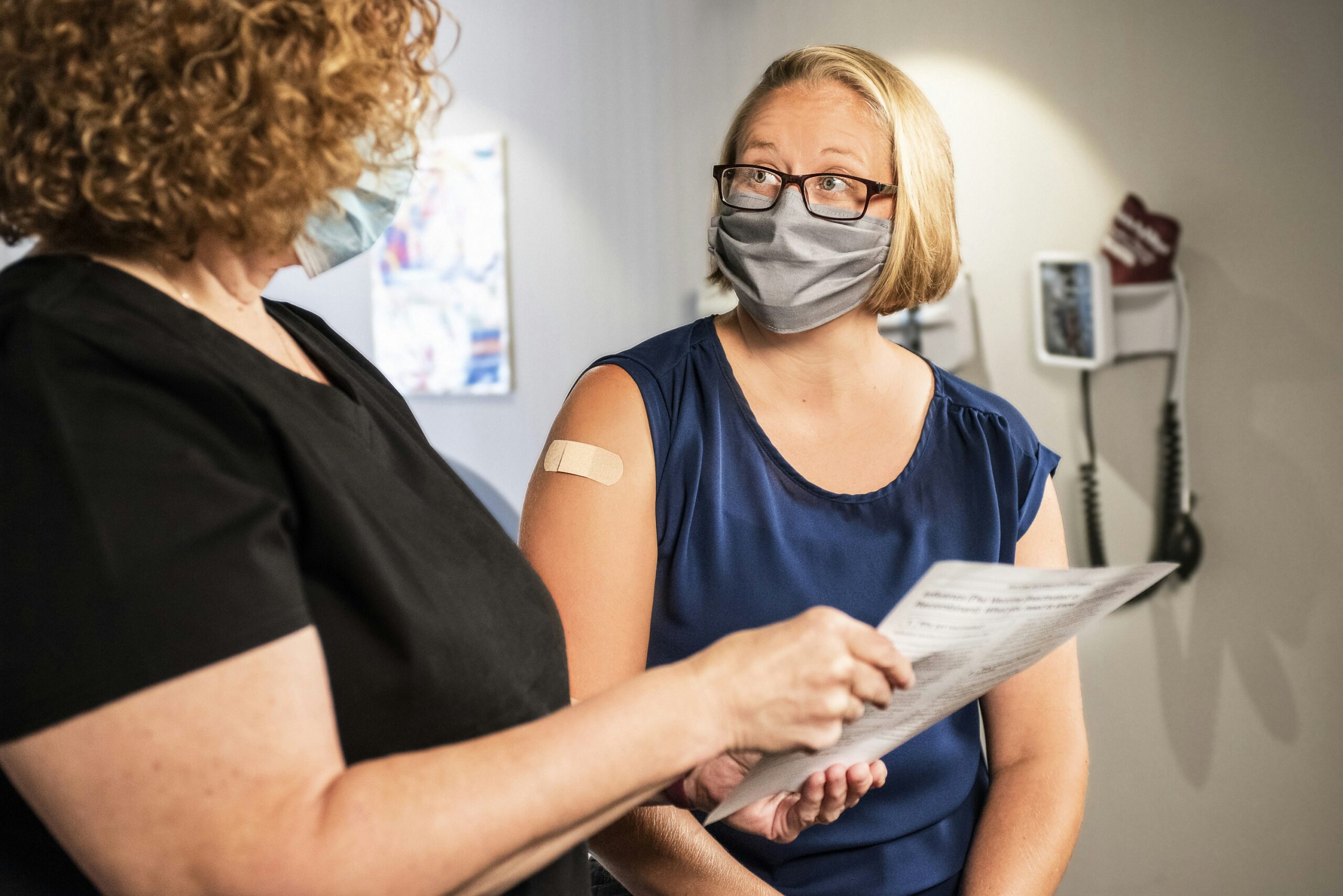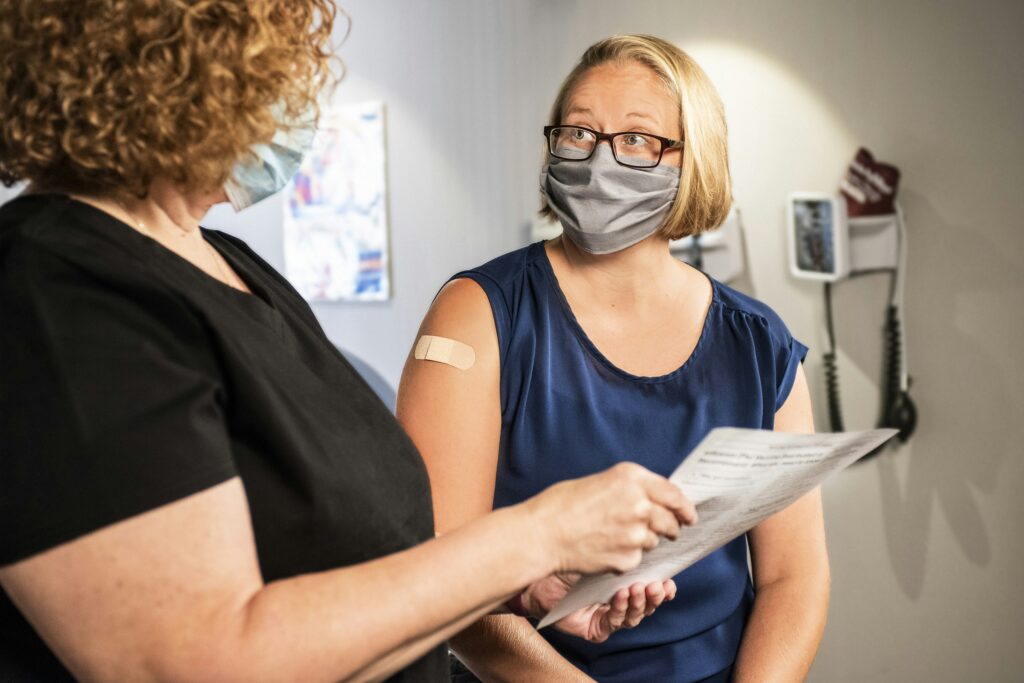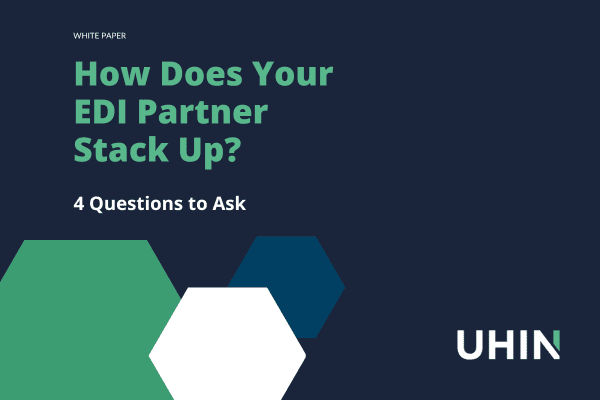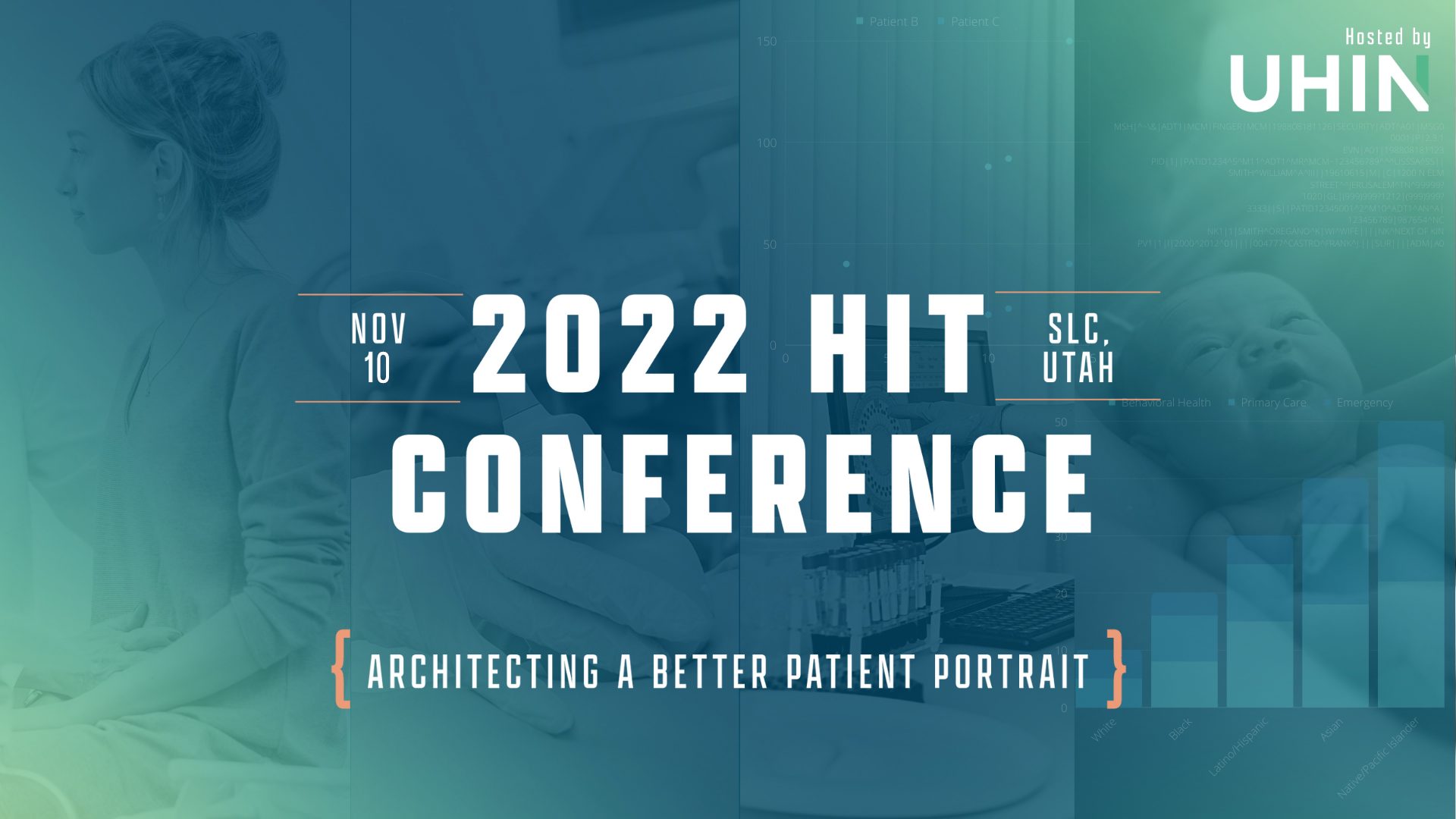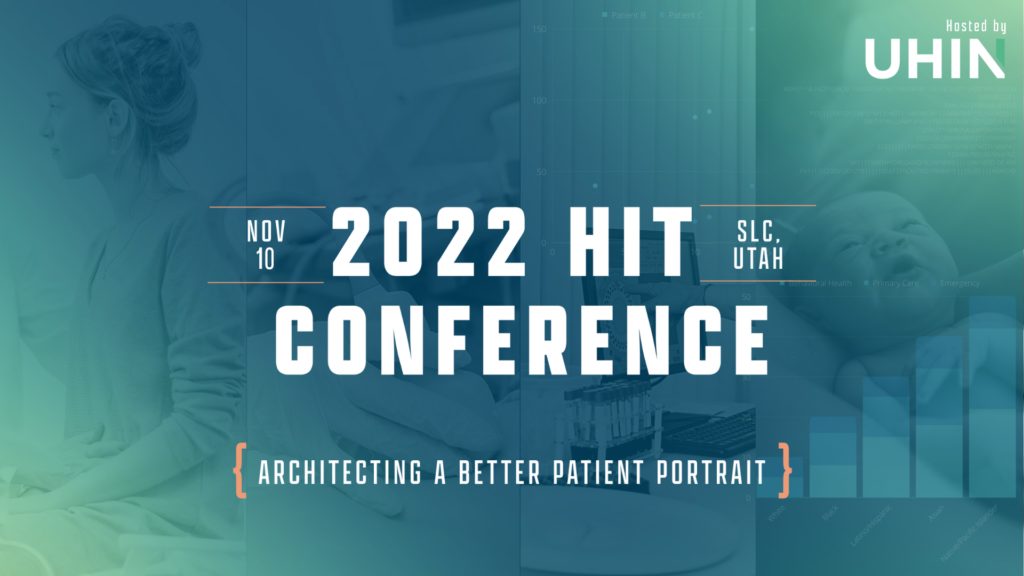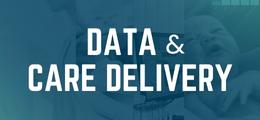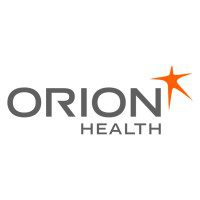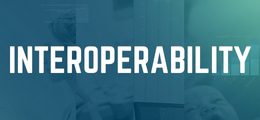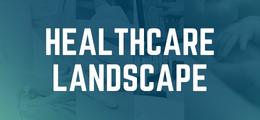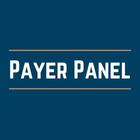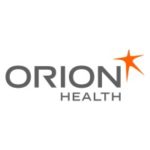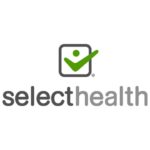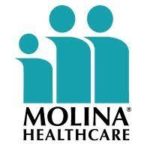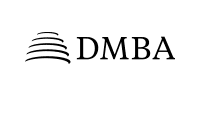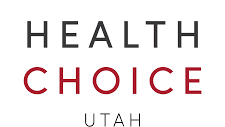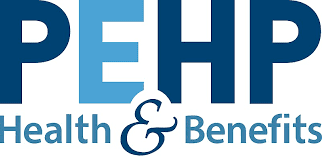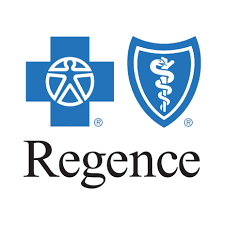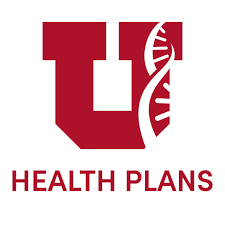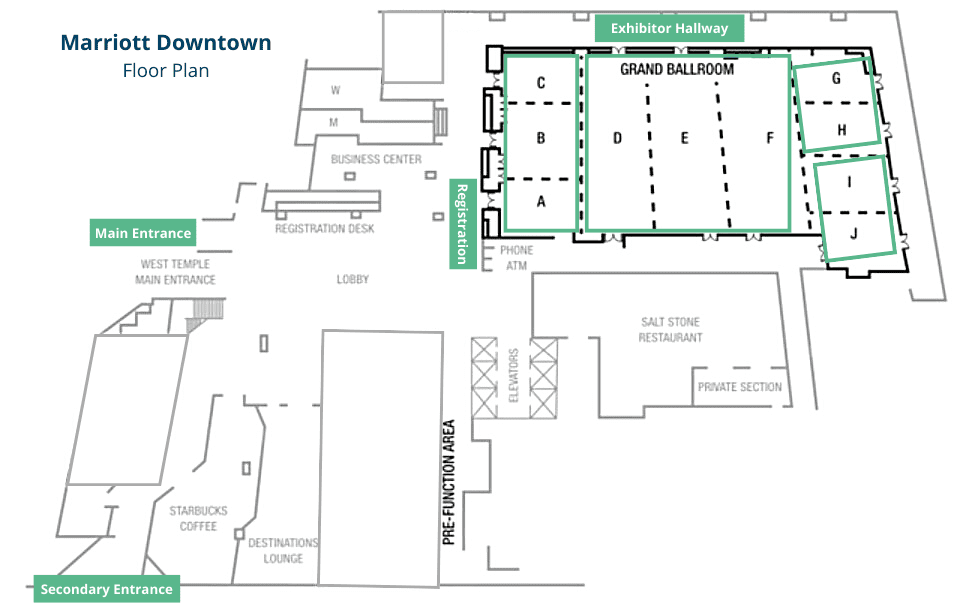
The Council for Affordable Quality Healthcare (CAQH) released their annual index report earlier this month. Data from the 2023 CAQH index sheds light on electronic administrative transaction adoption rates, areas of waste and cost avoidance, and the impacts of medical staffing shortages. At UHIN, we’ve recognized similar, significant trends through our claims management, specifically in claims submission, claims status inquiry and electronic remittance advice (ERA).
Here are our points of view and takeaways from the 2023 report:
- Staffing shortages are a major issue
- Electronic adoption increased
- Cost and Time spent increased
- Collaboration & flexibility are critical
- Transaction findings:
- Claims submission
- Claims status
- Eligibility and Benefits
- ERA
1. Staffing shortages are a major issue
The COVID-19 pandemic strained the healthcare system, which led to significant staffing shortages that continue to impact the industry, especially for providers. The impact of the pandemic is felt most intensely in the time to conduct administrative tasks:
- Provider time to conduct transactions increased in 2023, on average, 14 percent which accounted for 77 percent of the increase in total medical spend.
- For the second consecutive year, time to complete electronic transactions grew. While staffing issues and transaction volumes increased, providers required more time to commit administrative tasks.
Staffing issues were felt in the hiring process as less experienced staff were onboarded who ”required more time to understand processes and requirements.”
Our MYUHIN billing and claim management solution helps ease the onboarding burden. An intuitive platform like MYUHIN won’t require hours of training to get the job done. New staff can get started quicker and manage your revenue and cash flow better from the start. Tools like Templates and Drafts reduce the time to submit claims. Everything will just fall into place for you.
2. Adoption increased:
In the “new normal” – as CAQH defines this era – adoption of electronic administrative workflows continued to rise in 2023 on the heels of new processes put in place during the pandemic. Per CAQH: “Automated tasks provided flexibility to staff as work environments changed and adapted to a new normal.” These transactions saw the greatest electronic adoption rate:
- Remittance advice increased from 83% to 88%
- Eligibility and benefit verification increased from 90% to 94%
- Electronic claim status inquiries increased from 72% to 74%
- Claim submission increased from 97% to 98% (almost reaching full adoption)
We noticed a rise in electronic claims submission this year, as well. MYUHIN delivered its one millionth claim in tandem with the uptick in submission volume. We empower you to accelerate your claim submissions, check coverage and benefits of patients in real time, and facilitate status inquiries from payers. These are all critical components to your revenue and cash flow management.
3. Cost and Time spent increased:
Per CAQH: “Despite the increase in electronic transactions and decrease in manual ones, overall spending on administrative tasks grew due to persistent staffing challenges impacting the time to conduct tasks.”
- Provider time to conduct transactions increased 14% (on average), the second year that the time to complete electronic transactions has grown.
- The amount of time for a provider to submit a claim can take up to 20 minutes for a paper claim and up to 10 minutes for an electronic claim.
- Spending on claim submissions rose 67 percent to $19 billion
- Medical providers reported spending, on average, 24 minutes on manual claim status inquiry, costing approximately $12 per transaction – the highest time and cost among the transactions along with prior authorization.
For providers, you can save time by checking eligibility and submitting claims with MYUHIN. If you want to reduce costs (who doesn’t??), our value pricing makes your decision to switch billing solutions a snap.
“With the data and technologies available to us today, we have the power to transform the way we conduct the business of healthcare. However, as an industry, we must align around consistent processes that enable providers to minimize the time spent learning new workflows. This is particularly important given the current labor shortage.”
Erin Weber, Chief Policy and Research Officer at CAQH (via CAQH)
4. Collaboration and flexibility:
Looking ahead, the CAQH index report notes: “As staffing concerns are expected to continue, the industry needs to work together to identify solutions and best practices for time savings.” Claim submission data was particularly dysfunctional between providers and payers, driving an increase in claim denials in 2023. We all need to work together to address the challenges in the medical industry.
We believe in interoperability for all. Healthcare is complex and challenging. Healthcare silos are ingrained in the industry. Where fragmentation begins, quality of care decreases and costs rise. When UHIN looks at the fragmented nature of healthcare we know we need to act and be a force for change.
5. Let’s dig into the transaction analysis:
Claim submission:
- $2.1 Billion in cost savings opportunity annually for electronic claim submission
- 5 minutes in time savings opportunity per transaction for electronic claim submission for providers
Claims status inquiry:
- The number of claim status inquiries conducted increased by 19%
- 17 minutes in estimated time savings opportunity per transaction
- Medical providers reported spending, on average, 24 minutes conducting a manual claim status inquiry, costing approximately $12 per transaction – the highest time and cost among the transactions along with prior authorization
- $3.2 Billion in cost savings opportunity annually for the medical industry
Eligibility and benefits:
- Adoption of the electronic eligibility and benefit verification transaction increased 4 percentage points for the medical industry, one of the largest increases
- Eligibility and benefit verification represents the highest volume transaction for the medical industry, accounting for 54% of all medical administrative transactions
- 16 minutes in time savings opportunity annually for electronic eligibility and benefit verification for the medical industry
- $9.3 Billion in cost savings opportunity annually
Electronic remittance advice:
- Adoption increased to 88% (the highest increase among the transactions)
- $701M in cost savings opportunity annually for electronic remittance advice for the medical industry
- 5 minutes in time savings opportunity annually for electronic remittance advice for the medical industry
